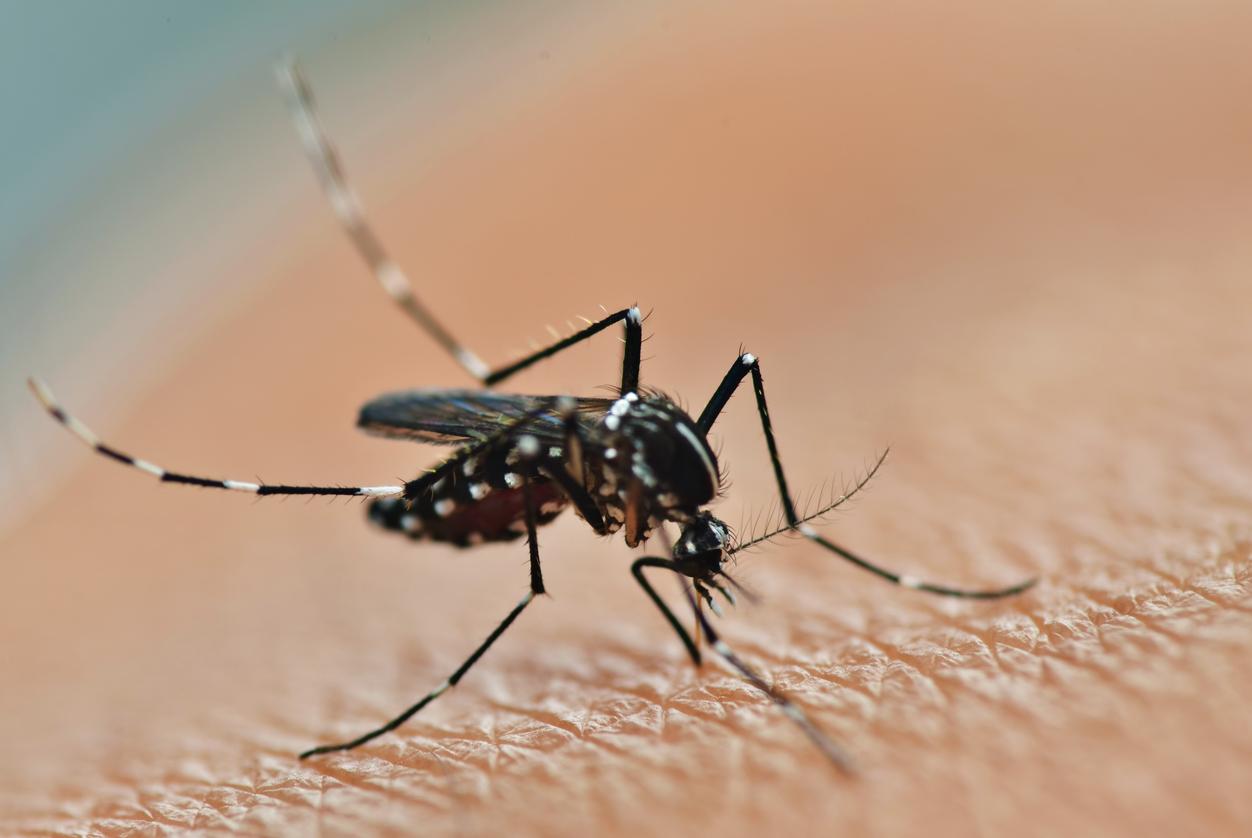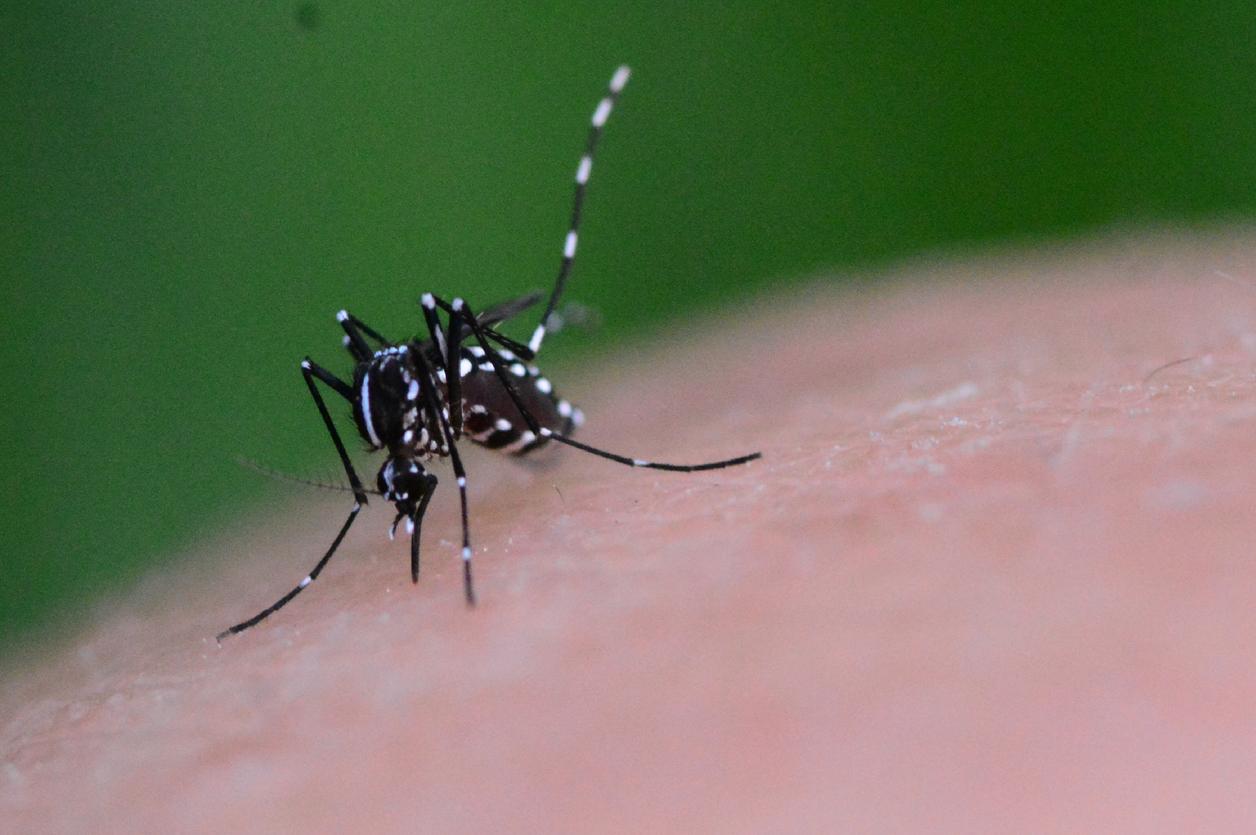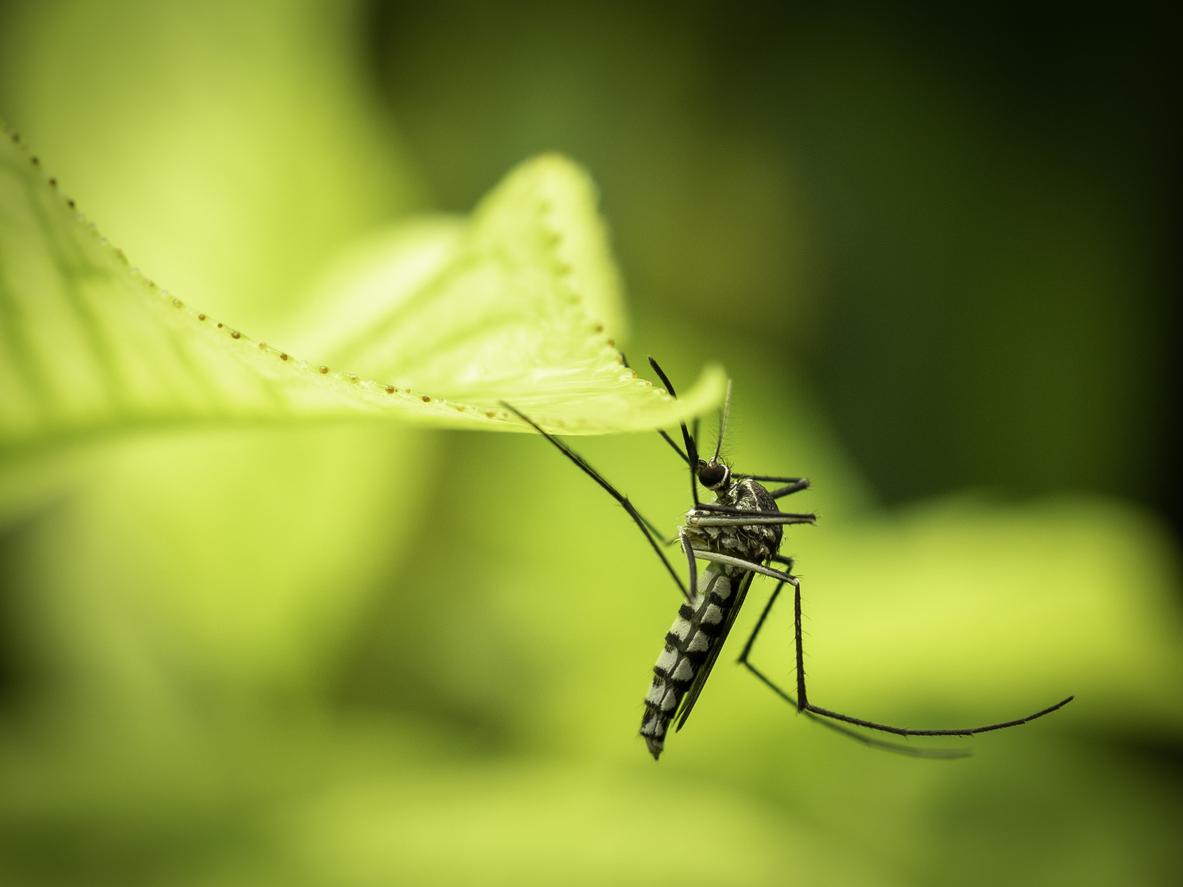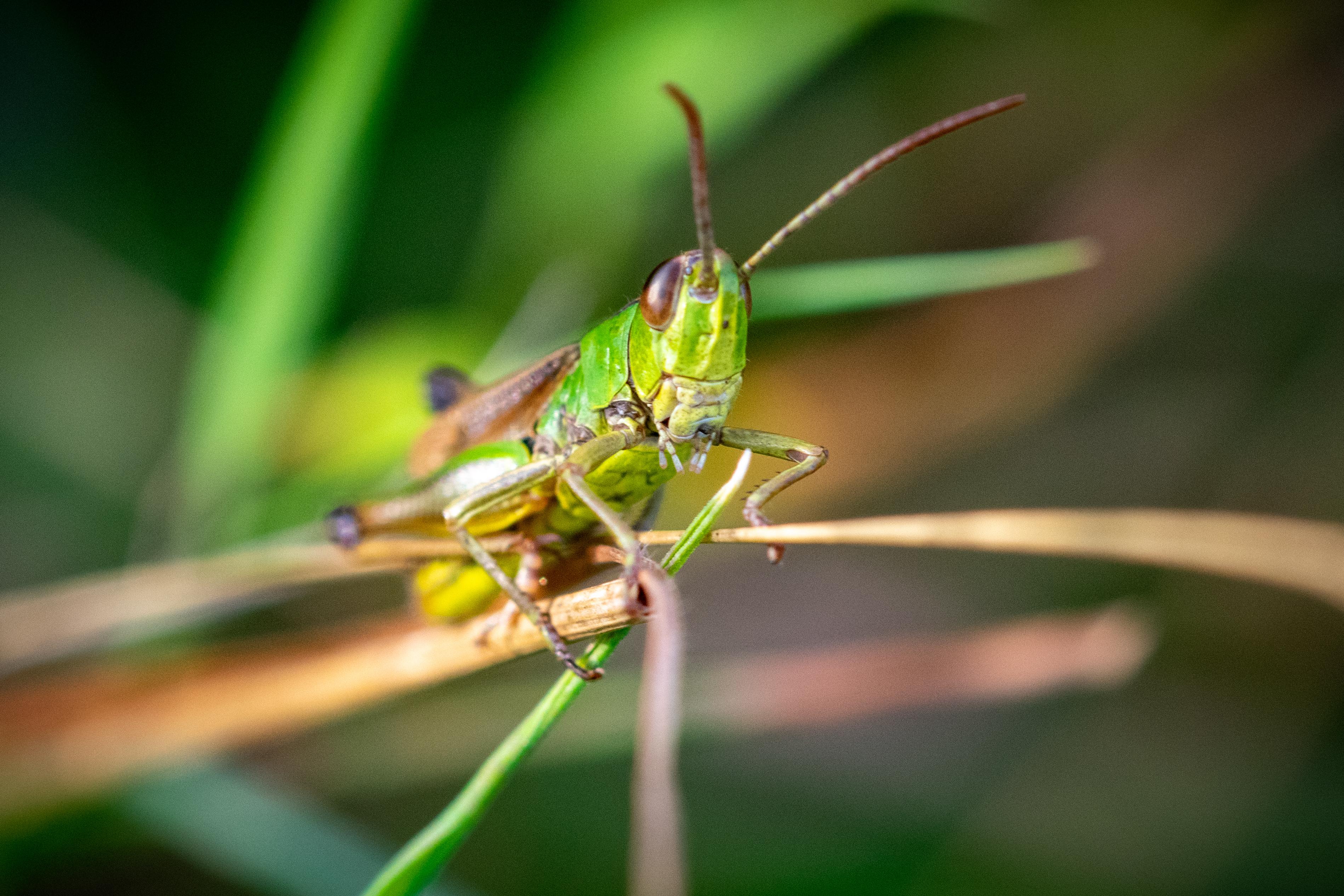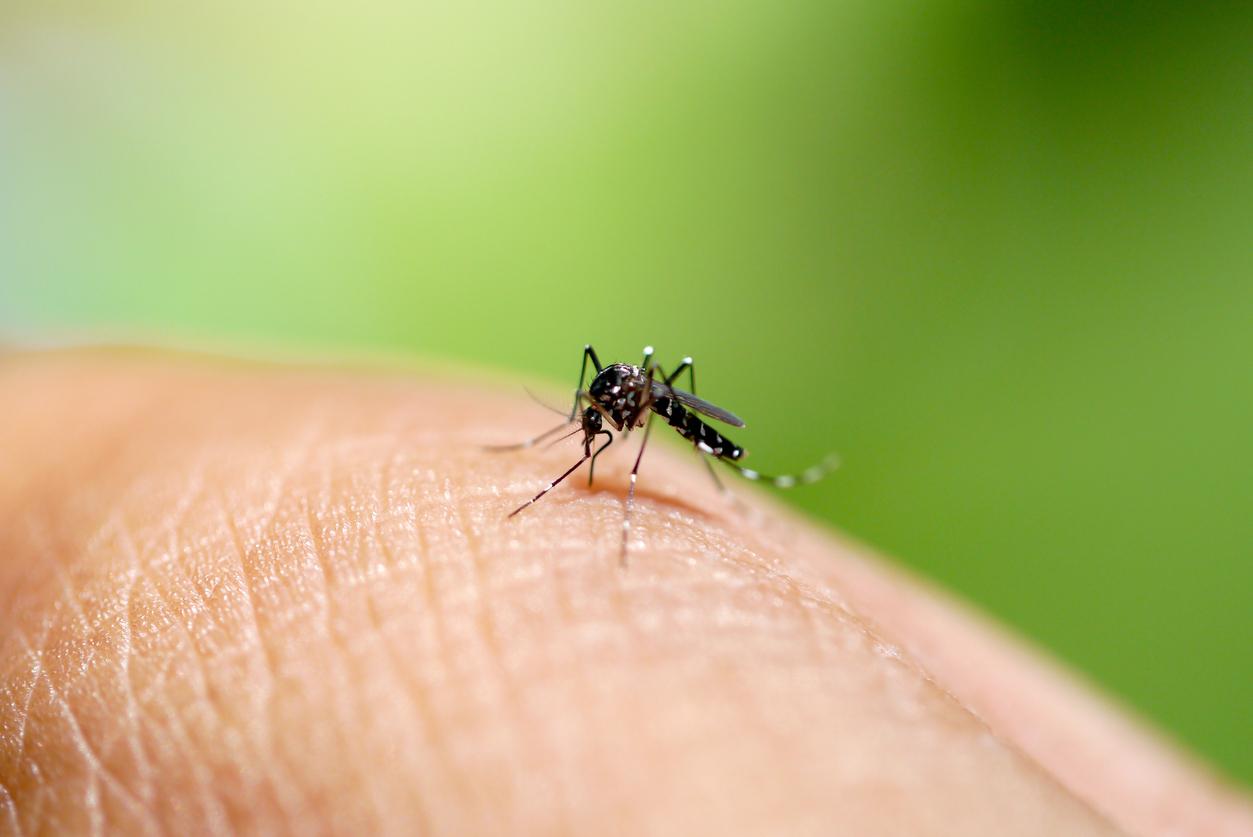According to a committee of the National Assembly, the mosquito could become a major risk given its proliferation and the diseases it carries.
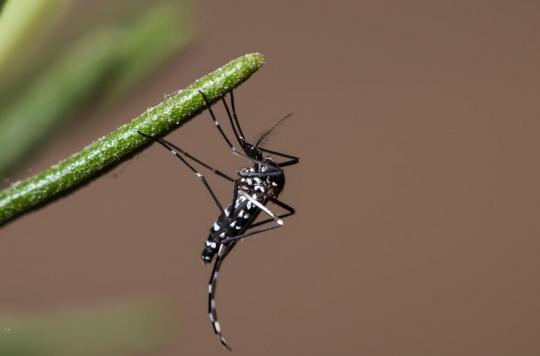
The first tiger mosquitoes were spotted in France in 2004. At the time, the insect was located only in the South of France. Its arrival on the territory would be due to the import of second-hand tires, in which the females have previously laid eggs. Over the years, it has established itself in other territories and it is found today in more than half of the French departments. According to the Ministry of Health, most of the departments of the South of France are now colonized, the North-West and part of the East remain spared.
Presentation of the report of the Commission of Inquiry #aedes and vector-borne diseases. 48 proposals for an issue of #public health. Research, innovation, prevention, axes of fight against mosquitoes. pic.twitter.com/DkA3SviXB5
— Ramlati Ali (@RamlatiAli) July 28, 2020
A new prevention policy
A commission of inquiry of the National Assembly is interested in this problem. In a report, she believes that these mosquitoes will “represent a major health risk throughout the territory” in the “coming decades”. “If for fifty years the metropolitan territory lived sheltered from diseases transmitted by mosquitoes, this is no longer the case today. We will have to learn to live with them, limiting their impact on the health of the French people as much as possible., says Ramlati Ali, rapporteur for the commission and LREM deputy from Mayotte. Forty-six proposals are made to develop a new prevention policy.
Fighting the tiger mosquito is complex, and the deputies fear the insect’s resistance to chemicals. They recommend avoiding massive spraying of deltamethrin, the only substance used today. The commission suggests setting up “in the territories affected by a regional prevention plan against the development of breeding sites.”
How to protect yourself?
If the tiger mosquito worries, it is because it can spread diseases such as dengue fever, chikungunya or zika. When it bites an infected person, it becomes a carrier and can infect another individual. The Ministry of Health notes that the insect is mainly urban. “Its anthropophilic character (which likes places inhabited by man) explains that once installed in a municipality or a department, it is practically impossible to get rid of it”specifies his site.
Special traps can protect against the tiger mosquito, but it is also recommended to wear covering and light-colored clothing. The website tiger mosquito info recalls that it likes to deposit its larvae in stagnant water: vases, saucers, gutters, flat roofs, etc. It is therefore necessary to ensure that these places do not collect stagnant water. If you’re worried about having them in your home, just look at the appearance of the ones you see: if they have a black body and white stripes, they’re tiger mosquitoes!
.









